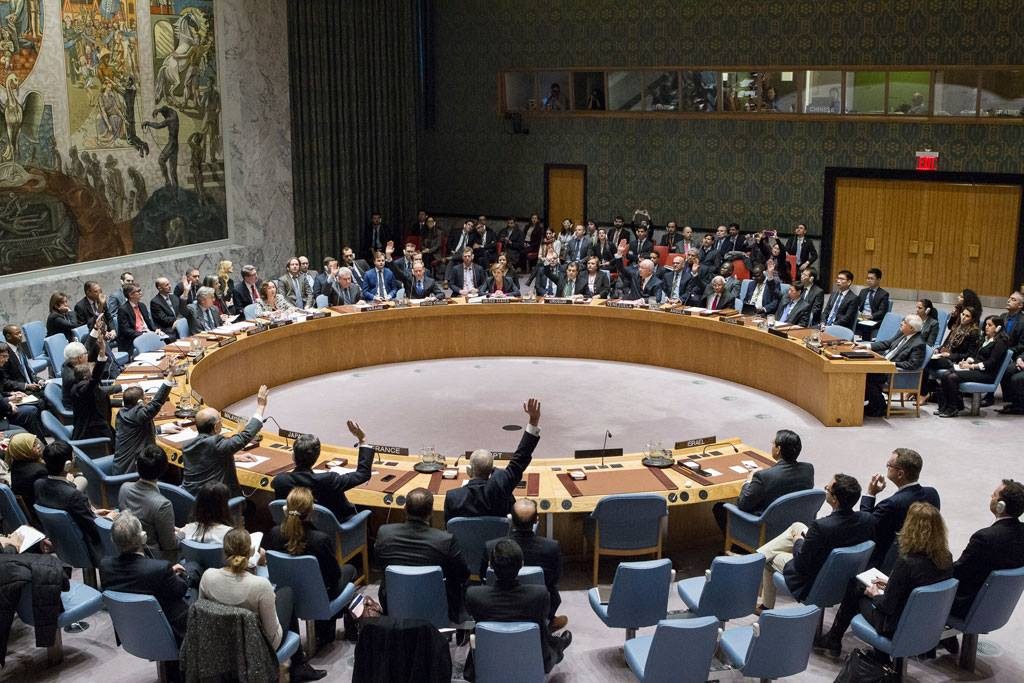Recent protests sweeping Iran had resulted in more than 20 deaths, a top United Nations political official told the Security Council today, as the body met for an emergency session on the matter despite objections from some representatives who argued that the Council was not the proper forum for such a debate.
Demonstrations began on 28 December 2017 with hundreds of Iranians initially gathering in a largely peaceful manner, chanting slogans against economic hardships, said Tayé-Brook Zerihoun, Assistant Secretary-General for Political Affairs, in a briefing to the Council. Subsequently, rallies spread to other urban centres, as well as rural areas, where protesters expressed disappointment at slow or limited change in social structures and political freedoms, and criticized what they viewed as the privileged position of the clergy and elements of the country’s security establishment.
As the protests escalated, some turned violent, said Mr. Zerihoun, who added that videos posted on social media platforms showed the beating of protesters, as well as the burning of Government offices, banks and religious centres. More than 1,000 protesters were said to have been detained although many may have since been released.
With a very limited United Nations presence on the ground, the Secretariat could not confirm or deny the authenticity of the images that had been broadcast, nor the extent of the violence, he said, adding: “However, we have received reports that the police, rather than military forces, were responding to the protests.”
The representative of the United States said the demonstrations taking place in Iran were a fundamental expression of human rights, and a powerful exhibition of brave people who were so fed up with their oppressive regime that they were willing to risk their lives in protest. The Iranian regime’s contempt of the rights of its people had been widely documented, she stressed.
